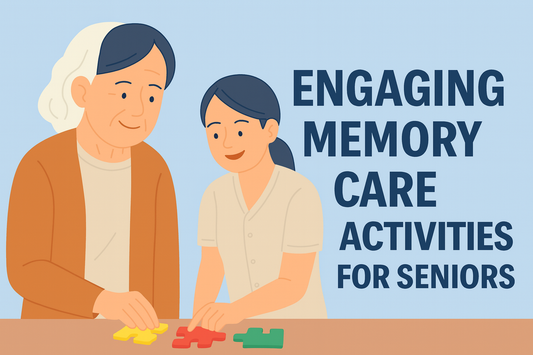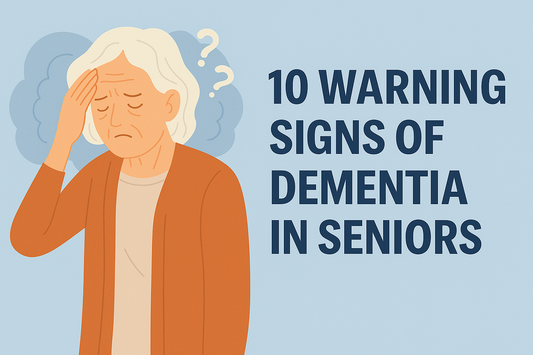
Signs of Dementia - Being in Public with a Loved One
Author: Kelsey Moore
For some disabilities and diseases there are quick ways for others to recognize the disability and certain limitations with the individual. Things like a wheelchair, crutches, walkers, and disability assistance dogs easily identify an individual as having special needs. For dementia though there are usually no obvious signs. Jorge looks like a perfectly normal adult. Only when you begin to interact and communicate with him is when you notice something a little different. And this is usually fine, but in some situations it can be helpful for others to recognize that you’re with someone that may need additional help or assistance.
The Garcias traveled by airplane recently and the adventure through the airport had its ups and downs. The most tolling portions though were interacting with security personnel and the wheelchair assistance personnel. They didn’t understand what dementia was and that Jorge while he could walk and move around normally he could not easily take directions on how to walk through the scanning machines or to understand why he needed to sit down in the wheelchair. The employees would get frustrated and could not understand why a perfectly healthy adult wouldn’t listen to them.
Notification cards would only help if the person understands the disease and what the person can and cannot do. There are disabilities most people are familiar with like hearing loss, loss of mobility, and blindness, but other mental or development disabilities like Autism, Tourette’s, Down Syndrome, or dementia are less well known. So when Jorge interacts with individuals at the airport or even just people at the park they don’t understand why he’s acting the way he is and they don’t know how to help or what’s unhelpful. I think a huge step in the right direction would be more awareness for mental illnesses and how they can affect people. The brain is such a complex organ it’s hard for people to understand how a mental disability can affect people and it changes and it’s different for each individual with the illness. But the closer we can bring people to understanding would be helpful.
The other thing that I think could be helpful is a fun, colorful button or sticker that says “I have dementia. Talk to my family to learn more.” And then using this button as a way to spread awareness as well as a tool to provide immediate recognition that he may not be able to do things that you might think he could. So we’re going to look into getting some buttons created!



